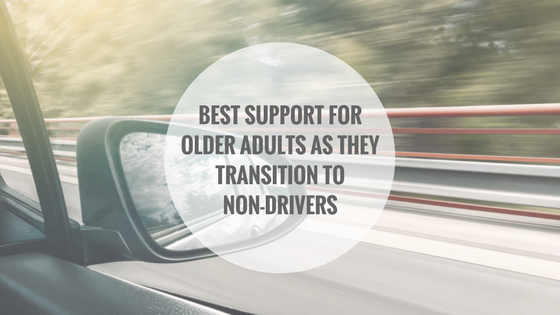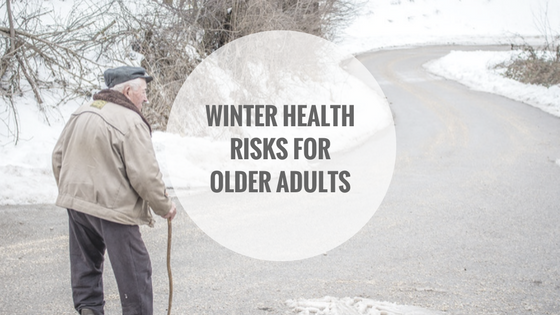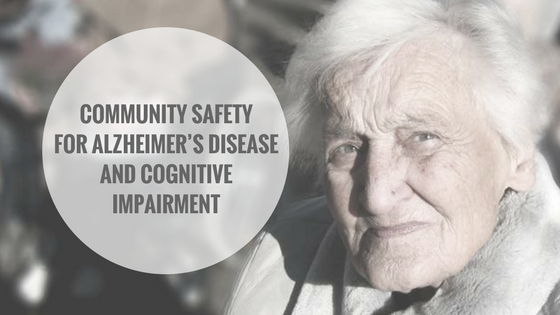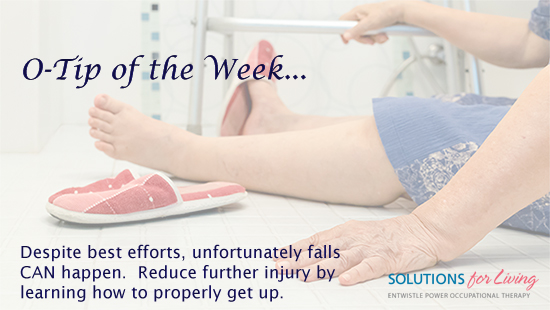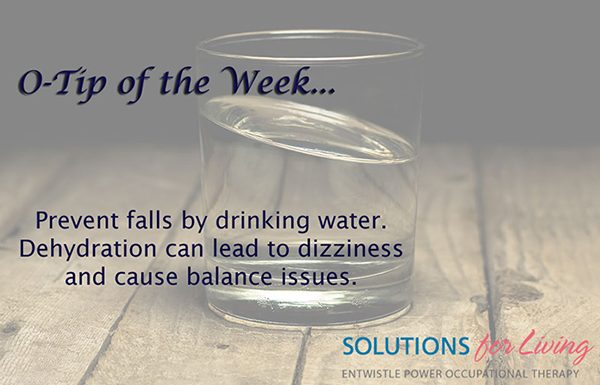Julie Entwistle, MBA, BHSc (OT), BSc (Health / Gerontology)
In recognition of Alzheimer’s Awareness Month, I wanted to touch on the important topic of helping people with Alzheimer’s disease (or cognitive impairment) to be safe in the community.
A few months back I received an email from a friend. She wanted to “pick my brain” about a problem they were encountering with her father who has Alzheimer’s disease. She mentioned that he enjoys spending time in the community on his own, but the family was growing increasingly concerned about his safety. She was wondering if I had any suggestions on how they could monitor his community activities, and be able to locate him should he not return home when expected.
My experience working in brain injury has had me looking for such solutions in the past. Some people, with behavioral or cognitive impairment, are at risk in the community because they become disoriented, confused, lose track of time, or are not attentive to traffic. There is such a loss of independence for people to be told they cannot leave the home alone, and some become agitated or angry when people try to supervise their activities. Yet, even a familiar route can become a problem for people if their cognitive status changes or deteriorates, and what is manageable one day may become problematic the next. Part of my role as an occupational therapist when dealing with cognitive impairment is to problem solve with the client and family the ways we can help them to pursue their goal of independence outside the home, while also ensuring their safety and easing the mind of the care provider. There are several ways to do this, and the list below is not exhaustive by any means.
- Consider the local Police Departments. These often have programs and ways to track people at risk of wandering. It is also helpful to notify the police about a potential wanderer so this is in their records should their help be needed.
- The S-911 bracelet has multiple features that allows health care workers and families to GPS locate anyone that may have wandered off, or who is in the community unsupervised. There is a monthly and yearly fee for this device.
- The Loc8tor is another option and notifies a care giver (or parent of a child for that matter) if the person wearing the device has wandered up to a certain distance away. The Loc8tor is also useful for helping people to find those items that tend to get misplaced – such as keys, wallets and cell phones.
- Smartphones have GPS detection capabilities such as the “Find my Friends” application for the iPhone. With this, both users can locate the other person, but it does require the person to be carrying the phone, and the phone to be charged and on. This can be a problem for people with cognitive impairment as they may not always remember to take the phone with them when out, may not understand how to turn this on and / or to check and see if it is charged.
- There are home monitoring systems that can notify family when people are coming or going, or even bed alarms if people leave the bed at night. Motion sensors in the home can also help to notify family if someone is wandering or moving between locations indoors. While these don’t work to locate or ensure someone’s safety outside the home, they are a way to give family members piece of mind to go about business inside the home without always needing to provide the person with cognitive impairment constant supervision.
Remember that Occupational Therapy is about helping people to solve the problems that arise when physical, emotional or cognitive abilities change rendering daily activities to become a struggle. In all cases, because disability is experienced differently by everyone, the solution for one person may not be the solution for another – even when dealing with the same diagnosis. So, consult an OT if you have a functional problem to solve!
Previously Posted September 2014


